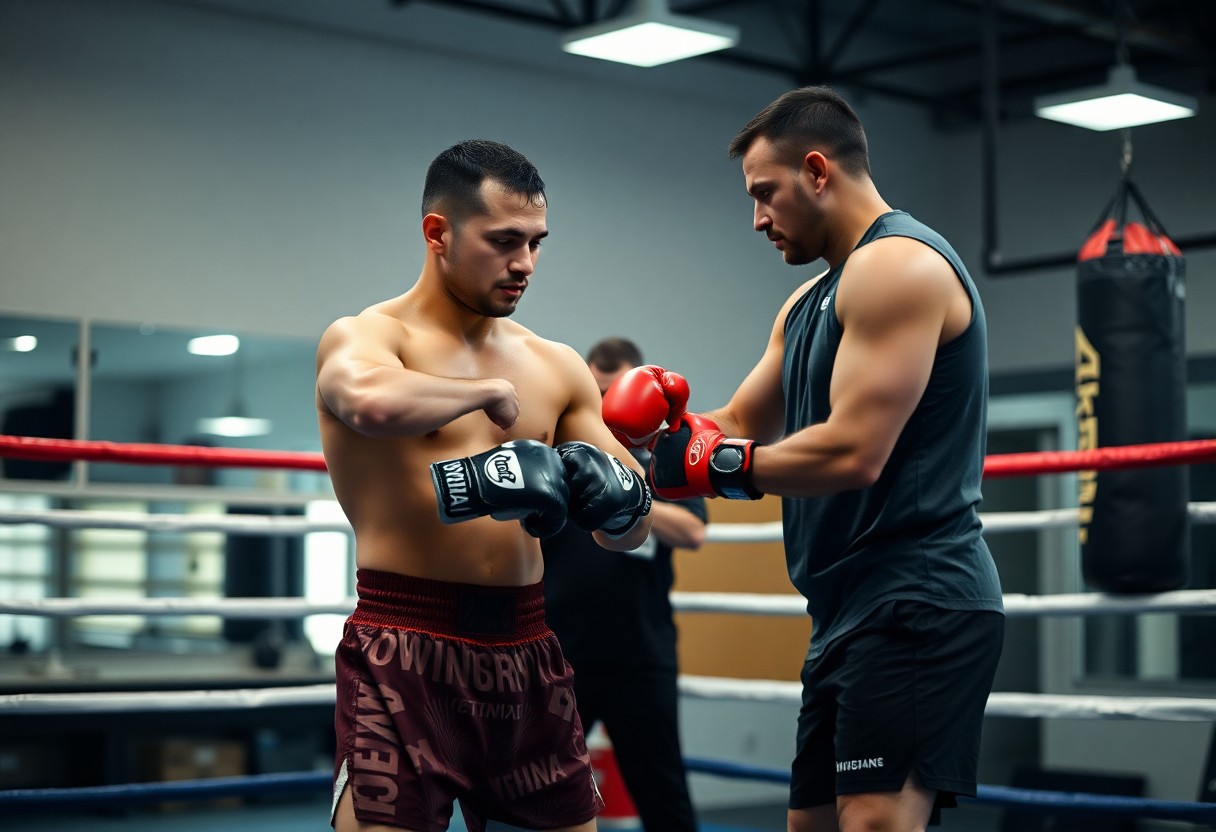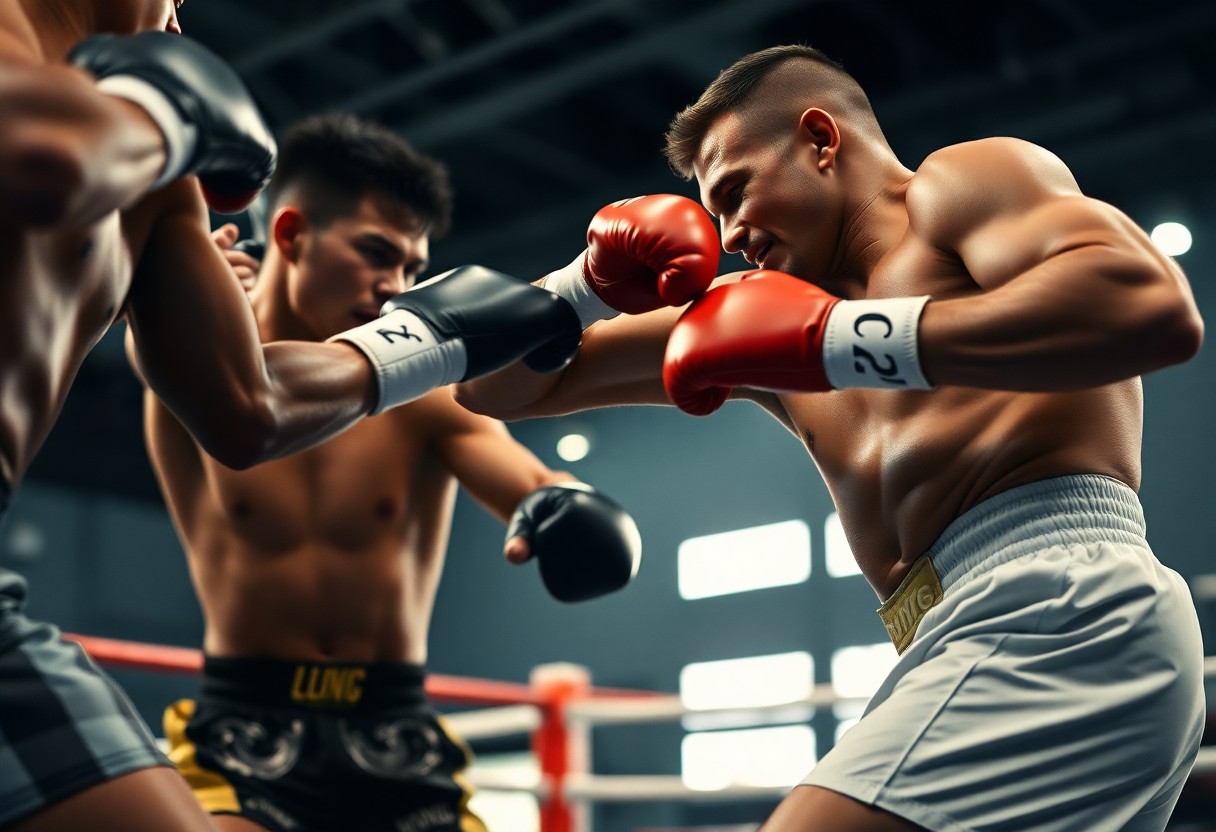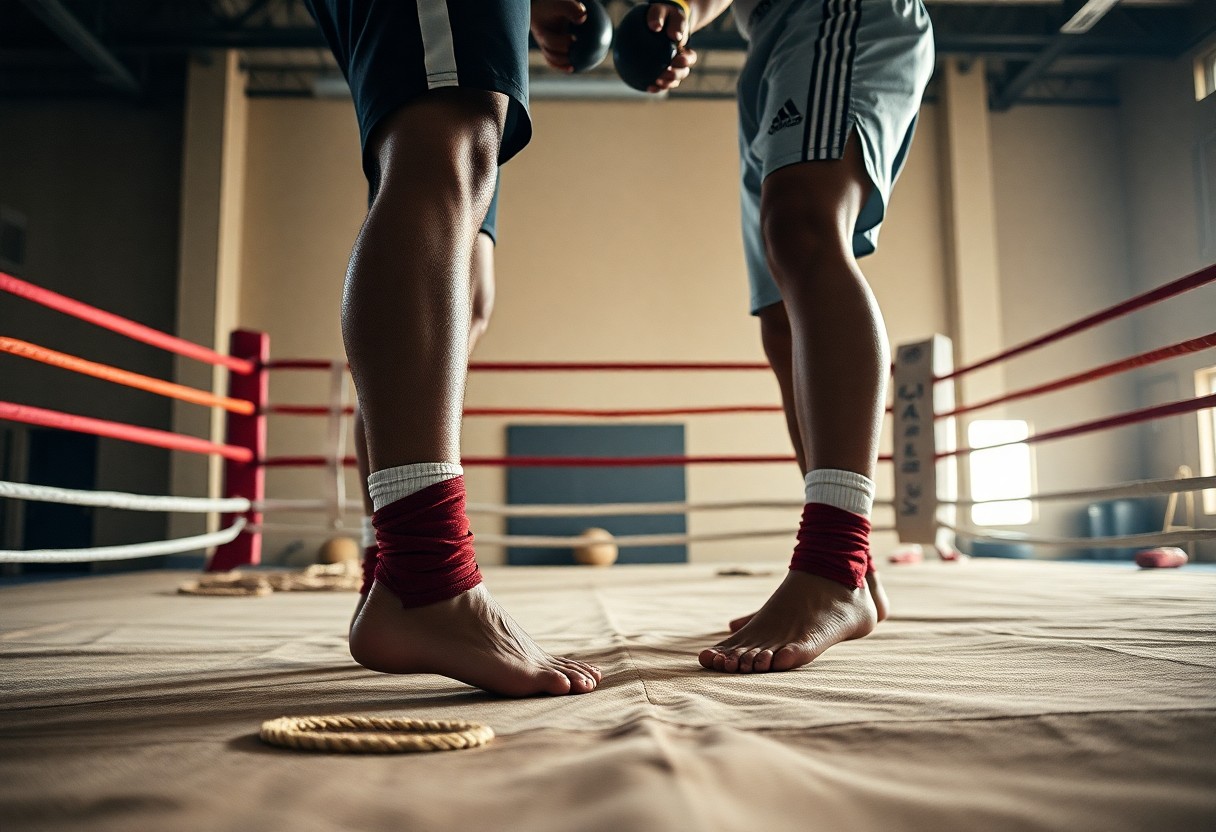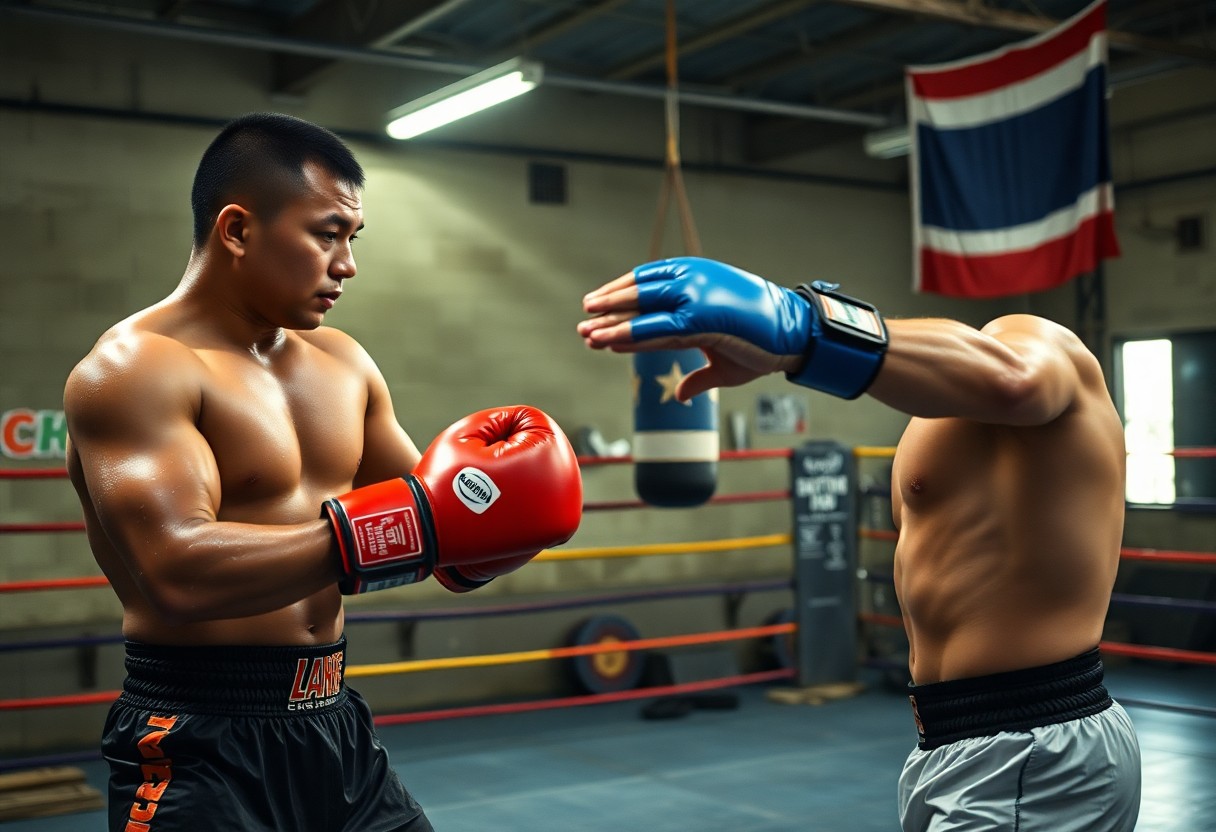
Just as the sport of Muay Thai has evolved, so too have its champions who embody the art’s essence through ferocious technique and unmatched athleticism. This guide explores into the lives and careers of the most iconic fighters, highlighting their incredible achievements and the profound impact they’ve made on the sport. From the ring’s thrilling performances to their dedication in training, these legends showcase the power and precision that define Muay Thai excellence.
Types of Muay Thai Champions
- Historical Champions: These are fighters who have shaped the foundation and evolution of Muay Thai.
- Modern Champions: Today’s athletes who showcase advanced techniques and fitness levels.
- Regional Champions: Fighters who excel in local competitions and have significant followings in specific areas.
- World Champions: They compete internationally, often taking titles in multiple weight classes.
- Junior Champions: Young talents who show potential in the sport and often transition to pro careers.
Assume that every champion contributes uniquely to the rich tapestry of Muay Thai history and advancement.
Historical Champions
Historical Champions laid the groundwork for Muay Thai, exemplifying the techniques and strategies of their time. Fighters like Nai Khanom Tom, celebrated for defeating ten opponents in one day, and Password Pradit, known for his powerful strikes, embody the essence of traditional Muay Thai. Their legacies not only inspired future generations but also elevated the sport’s global appeal.
Modern Champions
Modern Champions have redefined the sport with innovative styles and rigorous training regimens. Figures such as Saenchai and Buakaw showcase exceptional skill and adaptability, often blending traditional techniques with contemporary tactics. Their influence extends beyond the ring, fostering a global Muay Thai community.
Many modern champs participate in numerous international events, often securing multiple titles across weight classes. Their training involves sophisticated methods, including strength conditioning and strategic fight analysis. Champions like Yodsanklai and Giorgio Petrosyan are prime examples, transcending cultural boundaries while demonstrating remarkable precision and athleticism. As the sport evolves, these athletes continue to inspire a new generation, highlighting the blend of dedication, discipline, and artistry inherent in Muay Thai.
Factors Contributing to Success in Muay Thai
Success in Muay Thai hinges on a few key elements that fighters must master to achieve greatness. These include:
- Training Regimens
- Mental Toughness
- Technique and Skill
- Physical Conditioning
Thou must cultivate these factors to carve a path to victory and legacy in the ring.
Training Regimens
A fighter’s journey begins with rigorous training regimens, designed to enhance strength, endurance, and technical skills. Daily routines often consist of shadowboxing, pad work, sparring, and conditioning exercises, providing well-rounded preparation. This dedication allows fighters like Saenchai and Buakaw to refine their craft, focusing on intricate movements and tactical flexibility.
Mental Toughness
Mental toughness is the backbone of any successful Muay Thai champion. It enables fighters to push through pain and fatigue while maintaining focus during intense competition. Champions often face formidable opponents, and the ability to stay composed under pressure can be the difference between victory and defeat.
Mental resilience is cultivated through experiences in and outside the ring. Techniques such as visualization, meditation, and positive self-talk are employed to enhance confidence and focus. Champions like Nong-O Gaiyanghadao attribute their success to rigorous mental conditioning that prepares them for high-stakes matches. By embracing adversity, they find strength in challenge, allowing them to thrive where others falter. Success isn’t just about physical prowess; it’s about the unwavering spirit that drives champions to persevere and excel.
Tips for Aspiring Muay Thai Fighters
For those eager to launch on their Muay Thai journey, understanding the fundamentals is vital. Focus on developing your physical conditioning, mastering techniques, and maintaining mental resilience. Consistent training is key, along with finding a qualified trainer who can provide guidance. Additionally, immerse yourself in the history and culture of Muay Thai to build a deeper connection with the sport. Setting realistic goals can significantly enhance your progress. Recognizing the importance of these elements can set the foundations for a successful career in Muay Thai.
Essential Techniques
Mastering the fundamental techniques is vital for any aspiring Muay Thai fighter. Focus on the basics: the jab, cross, roundhouse kick, elbow strikes, and knee strikes. These techniques form the foundation for both offense and defense in the ring. Regular practice of footwork and positioning will enhance your ability to strike effectively while maintaining balance and agility.
Common Mistakes to Avoid
Avoiding common pitfalls can greatly influence your progress in Muay Thai. Many beginners overstress striking power, neglecting the importance of proper technique and footwork. Focusing solely on power can lead to injuries and ineffective strikes. Another mistake is underestimating the significance of conditioning and flexibility training, which are crucial for duration and performance in fights. With each sparring session, prioritize learning rather than merely winning.
Additionally, many aspiring fighters underestimate the value of defense and evasion. Failing to incorporate these elements can leave even the strongest striker vulnerable in a match. Developing habits of early blocking and movement can significantly decrease the likelihood of injury and improve overall ring presence. Establishing a balance of offense and defense ensures a comprehensive understanding of Muay Thai, paving the way for more effective fighting techniques.
Step-by-Step Guide to Training
| Training Component | Description |
| Warm-Up | Engage in dynamic stretches and light cardio to prepare the body. |
| Technical Drills | Focus on foundational techniques, including strikes, footwork, and defensive moves. |
| Strength and Conditioning | Incorporate weight training and plyometrics to build explosive power. |
| Shadow Boxing | Work on form and technique without a partner, visualizing an opponent. |
| Sparring | Practice techniques in a controlled setting to simulate a real fight. |
| Cool Down | Finish with stretching and recovery techniques to prevent injury. |
Building a Training Routine
Structured training sessions are necessary for progress in Muay Thai. A typical routine should balance technical drills, strength and conditioning, and sparring, ideally scheduled multiple times per week. Integrate different body parts into your focus, such as dedicating specific days to striking, clinching, or strategy. Consistency, paired with varied intensity, keeps training effective and engaging. Starting with shorter sessions and gradually increasing duration can help establish a sustainable habit.
Incorporating Sparring
Sparring is an invaluable aspect of Muay Thai training, allowing practitioners to apply techniques in a dynamic environment. Engaging with partners of similar or varying skill levels enhances adaptability and builds confidence. It’s necessary to establish clear guidelines for safety and progress, focusing on technique over aggression. Regular sparring allows fighters to experience real fight scenarios, improving timing, distance control, and defensive skills, ultimately making them well-rounded competitors.
While sparring, emphasize the importance of controlling the intensity to prevent injuries and maintain a productive training environment. Shadowing experienced fighters can provide valuable insights, allowing less experienced practitioners to observe effective techniques and strategies. Regular feedback from coaches during and after sparring can further refine skills, ensuring that fighters learn from every exchange. By gradually increasing the pace, you can prepare for the demands of actual fights, while fostering camaraderie among training partners.
Pros and Cons of Muay Thai
| Pros | Cons |
|---|---|
| Improves physical fitness | Risk of injury |
| Enhances self-defense skills | Requires time commitment |
| Builds discipline and respect | Might be intense for beginners |
| Boosts mental resilience | Emphasis on striking can be daunting |
| Increases flexibility and agility | Limited focus on grappling |
| Offers a supportive community | Classes can be physically demanding |
| Provides stress relief | Potential for burnout |
| Develops coordination and balance | Can be costly for training and gear |
| Promotes cultural appreciation | Not suitable if you dislike contact sports |
| Foundation for other martial arts | Competitive pressure can be overwhelming |
Advantages of Training
Training in Muay Thai offers numerous benefits, including enhanced cardiovascular health and increased muscle tone. Participants often experience significant weight loss while developing strong self-defense skills. The discipline required fosters mental resilience, enhancing focus both in and out of the gym. Moreover, the collaborative nature of classes cultivates a sense of community, pushing individuals to achieve more than they might alone.
Potential Drawbacks
While Muay Thai is highly beneficial, it comes with challenges as well. The physical nature of the training can lead to injuries such as sprains or bruised ribs. Additionally, the intensity may be off-putting for beginners and those unfamiliar with contact sports. The necessity for consistent practice demands a time investment, and the financial aspect of classes and equipment can be significant.
The risk of injury in Muay Thai training is a notable concern, with injuries ranging from minor to serious, particularly for those engaging in full-contact sparring. Beginners may also feel overwhelmed by the pace and intensity of classes, which can lead to burnout if not managed well. Additionally, the financial burden of proper gear and ongoing training can be substantial, deterring some from pursuing their interest. Adequate preparation and commitment are important to navigate these drawbacks while reaping the many benefits of this martial art.
Legacy of Muay Thai Champions
The legacy of Muay Thai champions extends far beyond their achievements in the ring, shaping the identity and evolution of the sport itself. These fighters, revered for their artistry and ferocity, have set benchmarks in training, discipline, and technique. Their influence resonates through modern training methodologies and the global expansion of Muay Thai, propelling the art into new international arenas while staying true to its roots.
Influence on the Sport
Champions like Saenchai and Buakaw have transformed Muay Thai with their unique fighting styles and strategic approaches, inspiring countless athletes worldwide. Their ability to blend traditional techniques with innovative tactics has opened new doors for training and competition, leading to a more dynamic and captivating sport.
Lasting Impact on Future Fighters
The indelible impact of legendary Muay Thai champions is evident in the next generation of fighters who emulate their styles and philosophies. These role models instill a sense of dedication and ambition, encouraging aspiring athletes to push beyond their limits and embrace the rich heritage of Muay Thai.
Future fighters are not just replicating techniques; they’re also embodying the spirit and perseverance exemplified by past champions. For example, Saenchai has inspired over a thousand fighters globally, with many adjusting to his creative tactics and rhythmic footwork. Furthermore, programs and academies worldwide emphasize the teachings of these greats, ensuring their methodologies and philosophies are preserved and propagated, solidifying a foundation for excellence in Muay Thai for years to come.
Summing up
Now, the legacy of the greatest Muay Thai champions encompasses a rich history of power and precision, showcasing unmatched skill and determination. These athletes have not only dominated the ring but have also inspired generations through their dedication to the art of eight limbs. Their impact on the sport is profound, blending tradition with modern techniques, and setting benchmarks of excellence. As their stories continue to resonate, they serve as a testament to the enduring spirit of Muay Thai and its champions, ensuring that their influence will be felt for years to come.
FAQ
Q: Who are considered the greatest Muay Thai champions of all time?
A: The greatest Muay Thai champions of all time include legends such as Saenchai Sor Kingstar, Buakaw Banchamek, and Samart Payakaroon. Their exceptional skills, fight records, and influence on the sport have solidified their status in Muay Thai history.
Q: What achievements define these champions’ legacies?
A: Achievements that define these champions’ legacies include multiple championship titles, historic win streaks, and exemplary fighting styles. For instance, Saenchai is known for his agility and creativity, while Buakaw’s power and discipline have earned him global recognition.
Q: How has Muay Thai evolved due to these champions?
A: The evolution of Muay Thai is influenced significantly by these champions, as they have set higher standards for techniques and athleticism. Their achievements have popularized the sport internationally, leading to increased training facilities and competitive events worldwide.






